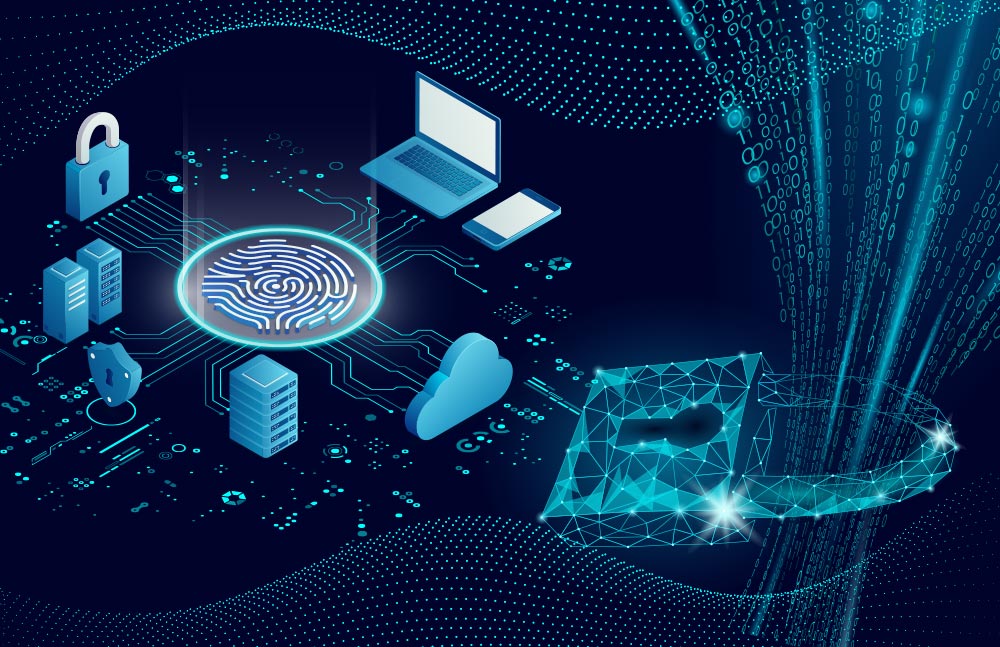In recent years, wearable IoT product development has become a hot topic in the tech industry. With the rapid advancement of technology, the integration of IoT in wearable devices has opened a plethora of opportunities for innovation. This article will delve into the intricacies of developing wearable IoT products and how it is shaping the future.

Understanding Wearable IoT Devices
Wearable IoT devices are essentially smart gadgets that can be worn on the body. They are equipped with sensors and connectivity features that allow them to collect and exchange data. Examples include smartwatches, fitness trackers, and even smart clothing. These devices are designed to make our lives more convenient and connected.
Importance of IoT in Wearables
The integration of IoT in wearables enhances their functionality. It enables real-time data monitoring and analysis, which is crucial for applications like health monitoring and fitness tracking. IoT also allows these devices to communicate with other smart devices, creating a seamless digital ecosystem.
Key Components of Wearable IoT Product Development
Sensors and Connectivity
Sensors are the heart of any wearable IoT device. They gather data from the user’s environment and body. Connectivity options like Bluetooth, Wi-Fi, and NFC are essential for data transmission. Proper selection and integration of these components are vital for the success of the product.
Power Management
Power management is a critical aspect of wearable IoT product development. Since these devices are portable, they rely on batteries. Efficient power management ensures prolonged battery life, which is a key selling point for consumers.
Challenges in Wearable IoT Product Development
Privacy and Security
With the collection of personal data, privacy and security are major concerns. Developers must implement robust security measures to protect user data and maintain trust.
Design and Comfort
Wearables must be designed to be comfortable and stylish, as they are worn on the body. This requires a delicate balance between functionality and aesthetics.
Future of Wearable IoT
Healthcare Applications
The future of wearable IoT lies in healthcare. Devices like smartwatches are already being used for health monitoring. As technology advances, we can expect more sophisticated applications that can revolutionize healthcare.
Integration with AI
AI integration will take wearable IoT devices to the next level. AI can enhance data analysis and provide more personalized user experiences. This synergy between AI and IoT will drive innovation in the wearable industry.
Getting Started with Wearable IoT Product Development
Understanding the Market
Before diving into development, it’s crucial to understand the target market. Identifying consumer needs and preferences will guide the design and functionality of the product.
Prototyping and Testing
Prototyping is an essential step in the development process. It allows developers to test the product and make necessary adjustments before mass production. This stage is crucial for identifying potential issues and ensuring product quality.
Conclusion
In conclusion, wearable IoT product development is a rapidly evolving field with immense potential. By understanding the key components, challenges, and future trends, developers can create innovative products that enhance our daily lives. As technology continues to advance, the possibilities for wearable IoT are endless.

FAQs
What are the benefits of wearable IoT devices?
Wearable IoT devices offer real-time monitoring, data analysis, and connectivity, which can improve health and lifestyle management.
What are the challenges in developing wearable IoT products?
Challenges include ensuring privacy and security, designing comfortable and stylish products, and managing power efficiently.
How will AI impact wearable IoT product development?
AI will enhance data analysis and personalization, leading to more advanced and user-friendly wearable IoT devices.
For more insights into IoT firmware version control and IoT gateway design principles, visit our blog.
For external insights, explore successful IoT product development tips.


